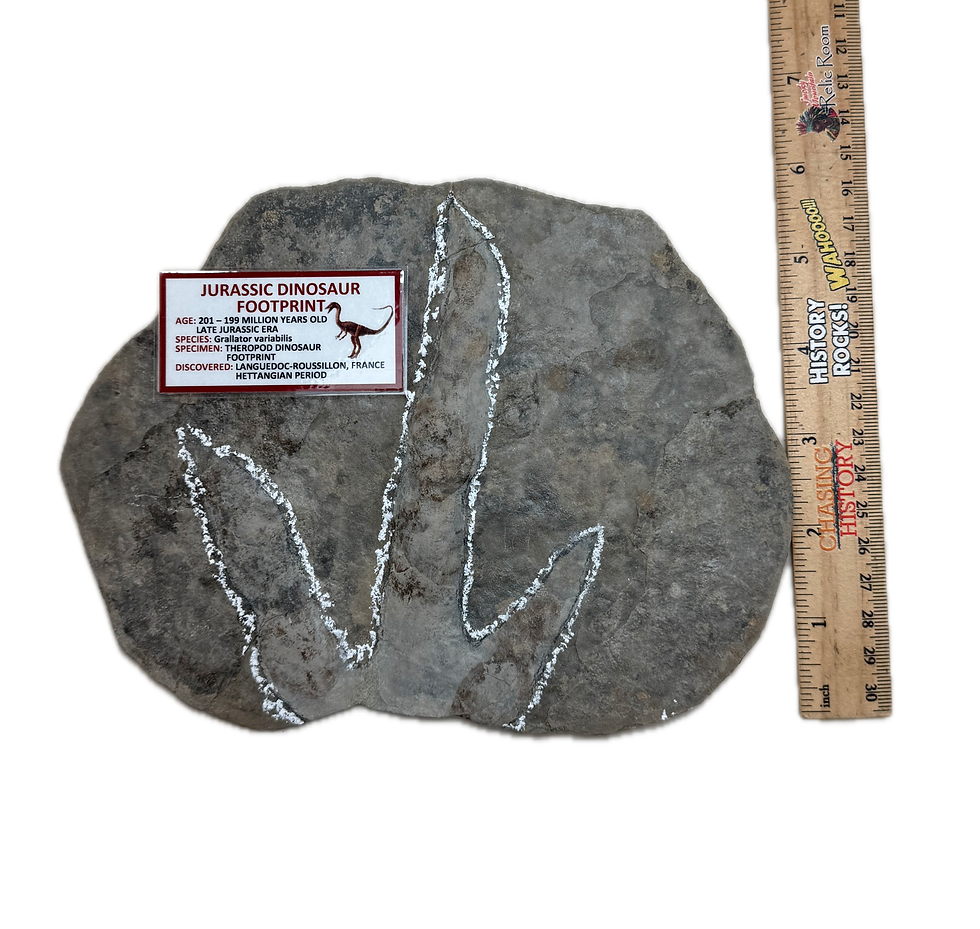Cretaceous Fossil Fish Vertebrae
Age: 80 / 74 Million Years Old
(Late Cretaceous Era)
Species: Unidentified Fish
Bone: Vertebrae
Discovered: Wyoming - Lance Creek Formation
- The Cretaceous Era
The Cretaceous is a prehistoric time period that existed between 145.5 and 65.5 million years ago. It is the third and final time period of the Mesozoic Era, as well as the longest. At around 80 million years, it is the longest topographical time of the whole Phanerozoic eon. The name is gotten from the Latin creta, "chalk", which is plentiful in the last 50% of the period. It is generally contracted K, for its German interpretation Kreide.
The Cretaceous was a period with a somewhat warm environment, bringing about high eustatic ocean levels that made various shallow inland oceans. These seas and oceans were populated with now-terminated marine reptiles, ammonites, and rudists, while dinosaurs kept on ruling ashore. The world was without ice, and backwoods reached out to the shafts. During this time, new gatherings of warm blooded creatures and birds showed up. During the Early Cretaceous, blossoming plants showed up and started to quickly broaden, turning into the predominant gathering of plants across the Earth toward the finish of the Cretaceous, incidental with the decay and annihilation of beforehand inescapable gymnosperm gatherings.
The Cretaceous (alongside the Mesozoic) finished with the Cretaceous-Paleogene eradication occasion, a huge mass annihilation in which many gatherings, including non-avian dinosaurs, pterosaurs, and enormous marine reptiles, vanished. The finish of the Cretaceous is characterized by the unexpected Cretaceous-Paleogene limit (K-Pg limit), a geologic mark related with the mass eradication that lies between the Mesozoic and Cenozoic Eras.
top of page
SKU: FOSB58
$25.00Price
Related Products
bottom of page





















